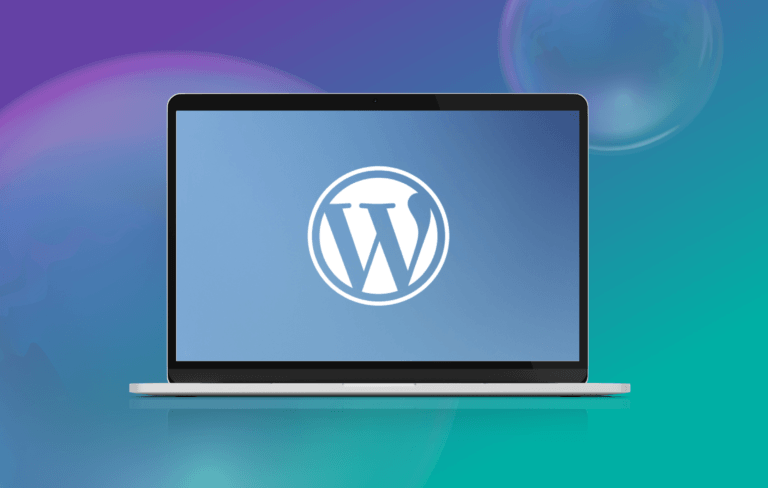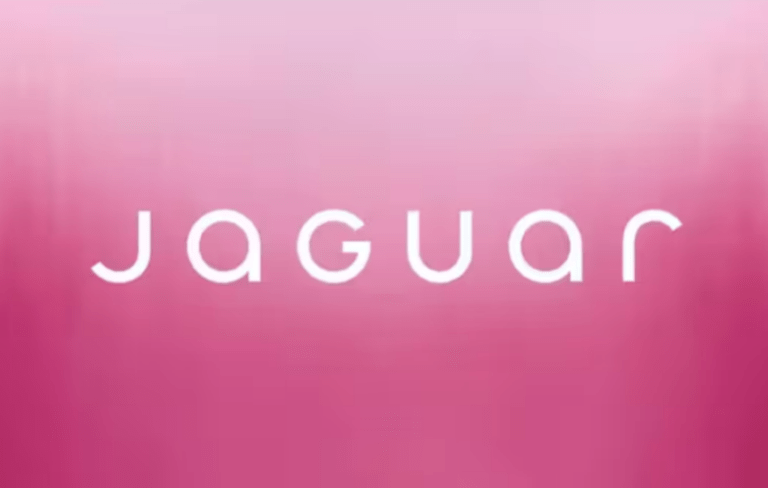Soapbox
View posts by
Date
or
Category

Reaching the Elite 0.1%: Our 2024 Awards Roundup
It’s that time again when we look back on the last year and take stock of everything that’s happened at our digital marketing agency. 2024 was another jam-packed 365 days for us, filled with great partnerships and loads of work that we’re proud to call our own. However, we also feel blessed to have received …
Get Your Free Consultation
Whether you’ve read something on our blog that’s piqued your interest, or have a digital problem that you'd like us to solve for you, our experts are here to answer your questions.
- 1Discuss Your Problem.Share what you’re looking to achieve with our talented team and explore tailored service solutions that will deliver the results you’re after.
- 2Hear Our Proposal.Learn about how we can use our wealth of experience to create a digital strategy that works for you, and even develop a bespoke approach to rise to your unique challenges.
- 3Anticipate the Solution.Discover the cutting-edge technology and innovative methodologies that have already helped some of the UK’s biggest brands to smash their KPIs.

By submitting this form you agree to our privacy policy.










